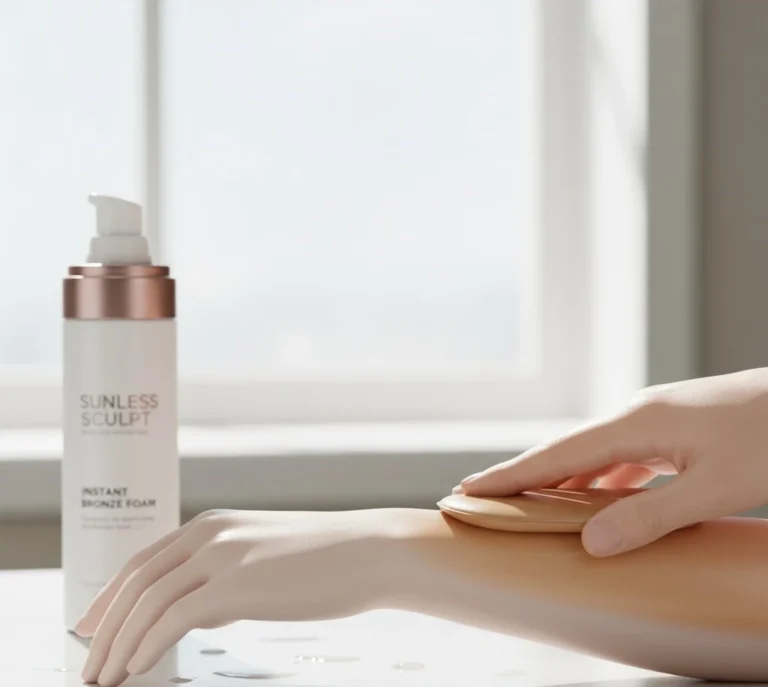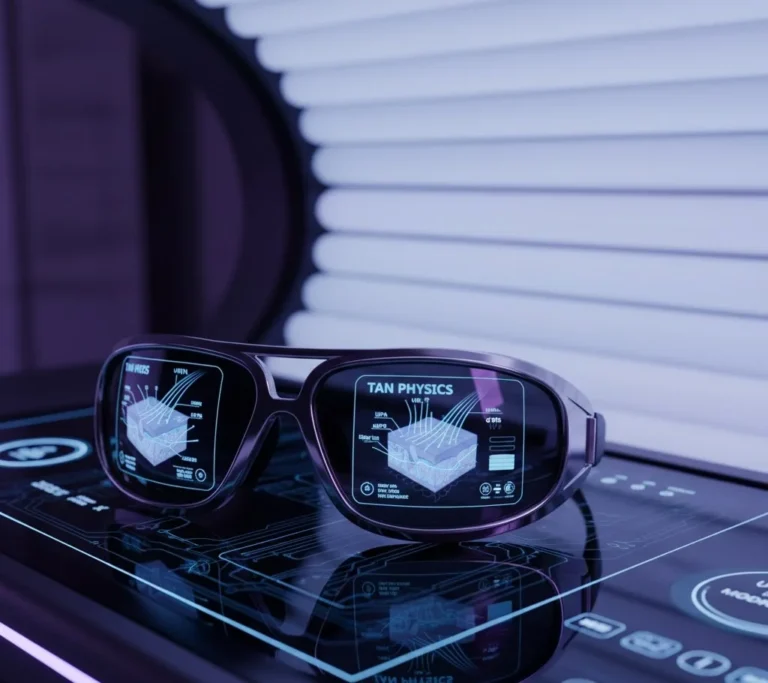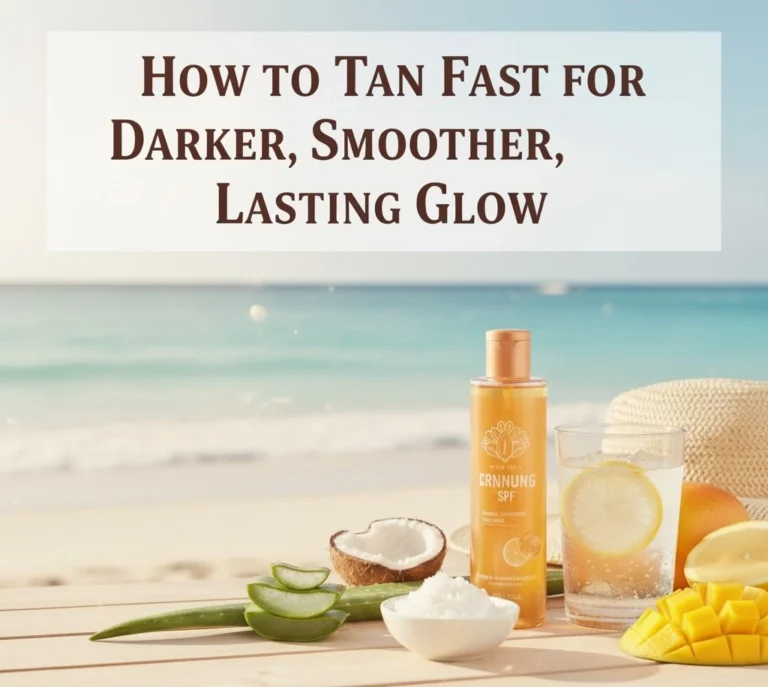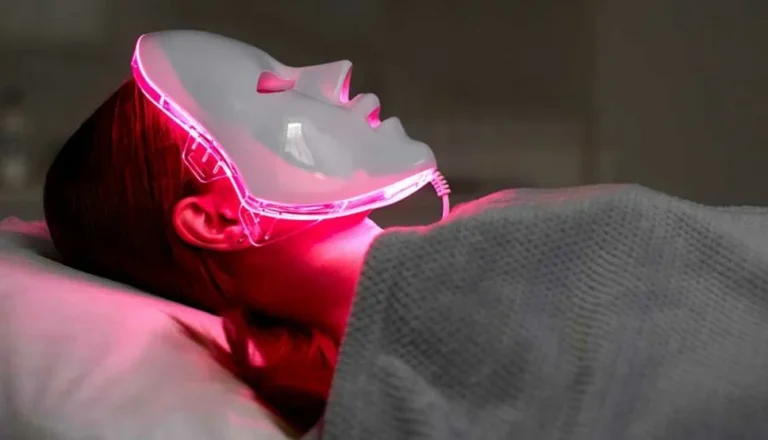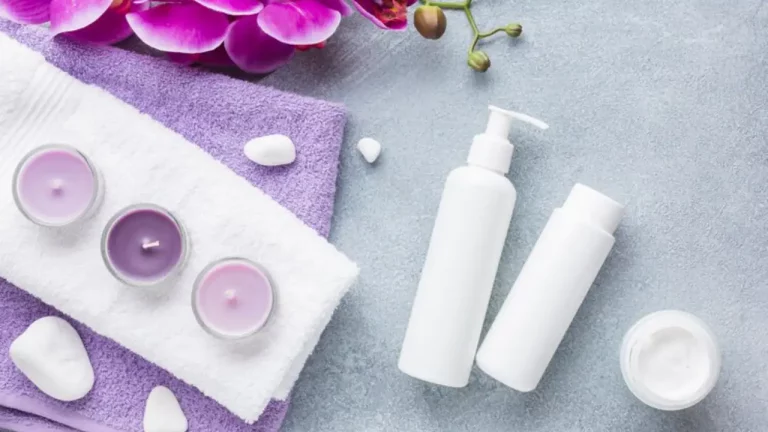Tanning Bed Before and After Sunbathing Risks
Many people seek a bronzed, sun-kissed look. Tanning beds and sunbathing both promise that glow, but they come with invisible risks. Both methods expose the skin to ultraviolet (UV) radiation, which triggers melanin production, darkening the skin. What seems like a beauty shortcut can harm your skin’s DNA, accelerate aging, and increase the risk of skin cancer.
Understanding UV Radiation
To understand the risks of tanning beds and sunbathing, you must first know how UV radiation works. There are two main types of rays that reach the skin:
| Type | Description | Skin Impact |
| UVA | Long-wave radiation that penetrates deep into the skin | Causes premature aging and wrinkles |
| UVB | Short-wave radiation that affects the surface layers | Causes sunburn and plays a key role in skin cancer |
Tanning beds use concentrated doses of UVA and UVB rays. In many cases, the exposure in one 20-minute session equals several hours under the midday sun. The skin reacts by producing melanin to protect itself, but the damage often occurs before you see any tan.
While natural sunlight varies in intensity depending on time and season, tanning beds deliver a consistent and often higher UV dose. This artificial exposure can cause the skin to burn, weaken, and lose elasticity faster than natural aging.
Before Sunbathing: What Happens to Your Skin
If you have used tanning beds before heading outdoors, your skin’s natural defense weakens. Melanin, the pigment responsible for your tan, protects only to a limited extent. Once the cells are damaged, they can’t defend effectively against further UV stress.
Key effects before sunbathing:
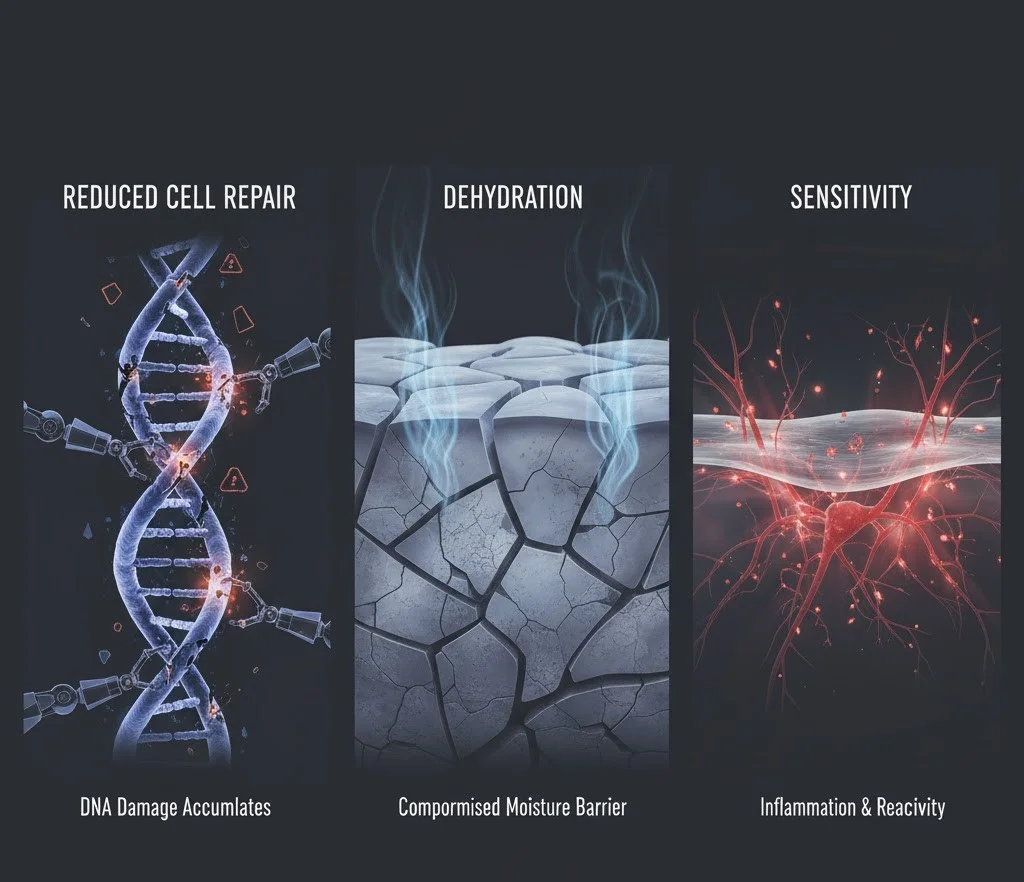
- Reduced cell repair: Previous tanning bed sessions can slow your skin’s ability to recover from new sun exposure.
- Dehydration: Artificial tanning strips the skin of moisture, increasing dryness and flakiness under sunlight.
- Sensitivity: Damaged skin becomes more sensitive to UVB rays, raising the chance of burns even during short outdoor sessions.
According to the Mayo Clinic, repeated tanning wether indoors or outdoors creates microscopic DNA breaks. When these accumulate, they lead to uneven pigmentation, rough texture, and early fine lines.
After Sunbathing: Combined Damage Effects
Using a tanning bed before or after sunbathing multiplies the harm. This tanning-bed-before-and-after cycle doubles UV exposure, which speeds up visible damage and long-term health risks.
| Effect | Description | Long-Term Outcome |
| DNA Damage | UV rays alter cell structure | Increases risk of melanoma and other skin cancers |
| Collagen Breakdown | UVA destroys skin elasticity | Leads to wrinkles and sagging |
| Inflammation | Redness, irritation, peeling | Weakens natural skin barrier |
| Pigmentation | Uneven tanning, dark spots | Permanent discoloration |
After sunbathing, your skin may appear tanned and smooth, but underneath, collagen fibers and DNA are under stress. When both tanning methods are combined, the skin cannot regenerate properly.
Visible symptoms include redness, itchiness, and peeling. In severe cases, blisters may form. This damage compounds over time, making the skin thinner and more prone to long-term disorders.
Long-Term Health Risks
The Skin Cancer Foundation reports that people who use tanning beds before age 35 increase their melanoma risk by 59%. Each additional session adds to that risk. Sunbathing after indoor tanning amplifies exposure, often without the person realizing how much radiation their skin has absorbed.
Long-term risks include:
- Melanoma: The deadliest form of skin cancer, often linked to repeated tanning bed use.
- Basal Cell Carcinoma and Squamous Cell Carcinoma: Non-melanoma cancers that develop on sun-exposed areas.
- Premature Aging: Deep wrinkles and loss of elasticity due to collagen destruction.
- Immune Suppression: UV exposure reduces the skin’s ability to fight infections and heal wounds.
Early tanning habits create cumulative effects that appear later in life. Even if you tan occasionally, every session adds microscopic damage that builds up over years.
Safer Alternatives to Tanning
You don’t need to expose your skin to UV radiation to achieve a healthy tone. Several safe options exist that mimic the look of a tan without causing harm.
Healthier alternatives:
- Self-tanning lotions and sprays: Modern formulas use dihydroxyacetone (DHA), which reacts with surface skin proteins to produce a natural color.
- Gradual tanning moisturizers: Provide a slow, even glow while hydrating the skin.
- Bronzing powders or tinted serums: Offer temporary results without UV damage.
Always pair these with broad-spectrum sunscreen (SPF 30 or higher) when outdoors. Sunscreen prevents UV-induced cell mutation and premature wrinkles.
Nutrition for a natural glow:
Include foods rich in beta-carotene (carrots, sweet potatoes, spinach). These pigments subtly enhance your skin tone while providing antioxidants that repair cell damage.

How to Protect Your Skin if You’ve Used Tanning Beds
If you’ve already used tanning beds or combined them with sunbathing, the best step is prevention and care.
What to do next:
- Schedule regular dermatologist visits. Annual full-body skin checks help detect early signs of melanoma.
- Hydrate and use antioxidants. Look for serums with vitamin C, E, or green tea extract to repair oxidative damage.
- Avoid further UV exposure. Use hats, clothing, and SPF daily, even on cloudy days.
- Track skin changes. New moles, spots that change color, or sores that don’t heal should be checked immediately.
Dermatologists often recommend using moisturizers containing hyaluronic acid to restore hydration lost through repeated tanning.
Expert Opinions and Research Insights
Dr. Elizabeth Hale of the American Academy of Dermatology emphasizes that “there is no such thing as a safe tan.” Whether from sunlight or indoor lamps, tanning causes DNA injury. She notes that even minimal tanning bed use increases the likelihood of melanoma.
Research published in JAMA Dermatology found that indoor tanning causes about 400,000 cases of skin cancer each year in the U.S. alone. Many of those cases come from individuals who also sunbathe regularly, multiplying the UV dose.
These findings confirm that both forms of tanning accelerate aging, weaken immune response, and damage skin structure. The evidence is overwhelming: UV exposure from tanning beds or sunlight cannot be considered safe.
Conclusion
The bronzed skin tone that looks appealing today can become a serious health problem tomorrow. The tanning bed before and after cycle creates double exposure, leading to permanent skin changes and cancer risk.
Avoiding tanning beds and limiting sunbathing time protects not just your appearance but your long-term health. Safer alternatives like self-tanners and proper skincare offer a similar glow without harm. Every minute of UV avoidance helps your skin recover and remain youthful longer.
Your skin reflects your choices. Treat it with care, protect it daily, and let its natural tone show health instead of damage.
FAQs
Can tanning beds ever be safe?
No. Even brief exposure damages skin cells. The American Academy of Dermatology states that there is no safe level of tanning bed use.
What happens if you tan indoors and outdoors on the same day?
It doubles UV exposure and sharply raises the risk of burns, dehydration, and cellular damage.
How long does skin take to recover from UV damage?
Superficial redness may fade in a few days, but deeper cellular recovery can take weeks. Repeated exposure prevents full healing.
Are spray tans safer for long-term use?
Yes. Spray tans color the skin’s surface without affecting deeper layers. When applied properly, they are safe and effective.
What are early signs of skin cancer to watch for?
Look for irregular moles, color changes, or lesions that bleed or fail to heal. Early detection greatly improves treatment outcomes.



